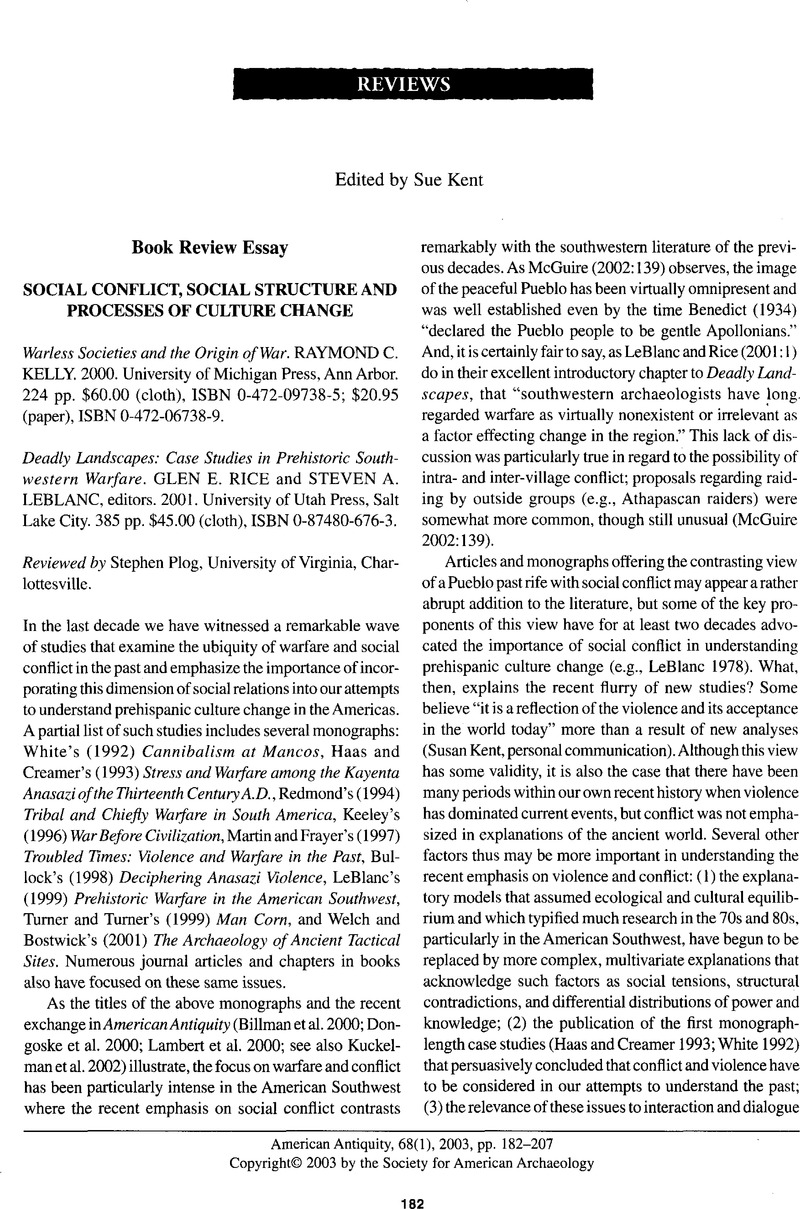Crossref Citations
This article has been cited by the following publications. This list is generated based on data provided by Crossref.
Smith, Monica L.
2005.
Networks, Territories, and the Cartography of Ancient States.
Annals of the Association of American Geographers,
Vol. 95,
Issue. 4,
p.
832.



